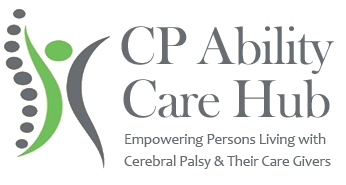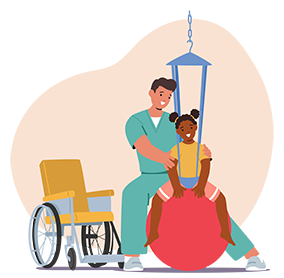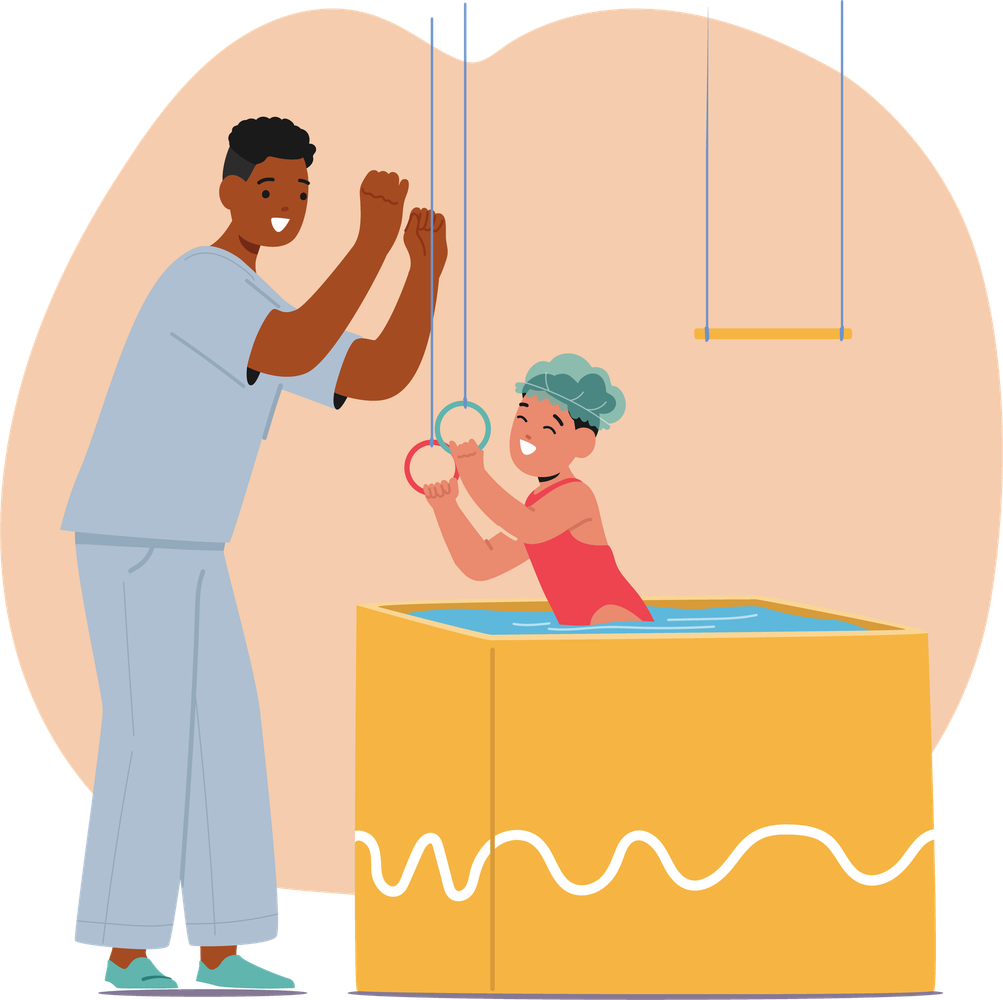Exercises for cerebral palsy are geared toward treating either high or low muscle tone. High muscle tone causes stiffness and spasticity, whereas low muscle tone causes too much flexibility and weakness.
Flexibility exercises and massages are often used for children with spastic cerebral palsy; these exercises not only help improve mobility, but also can prevent painful muscle tightening that could require surgical correction. Strength training exercises are used to increase muscle tone in children with athetoid cerebral palsy.
Special exercises are also used to help with walking, posture, transitional movements and sensory impairments like touch and balance. Posture is improved through exercises that emphasize sitting, kneeling and standing. Transitional movements are those used by infants that lead to walking, such as rolling over and sitting up.
Physical therapists use a range of mobility aids to make therapy more effective. Braces, casts, splints and shoe inserts are types of orthotic equipment used to help with walking, posture and joint mobility.
Physical therapy also often includes the following tools:
- 1. Exercise balls
- 2. Resistance bands
- 3. Free weights
- 4. Swimming pools
- 5. Hot and cold packs
- 6. Electric muscle stimulation
In some cases, electric stimulation is used to improve gait and upper limb function. This therapy uses small electrodes to stimulate certain muscles.







